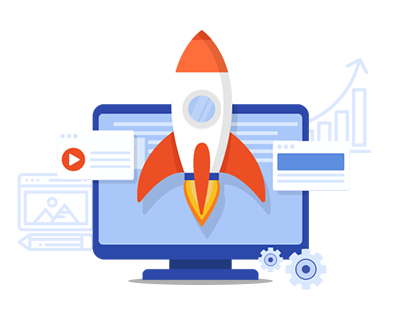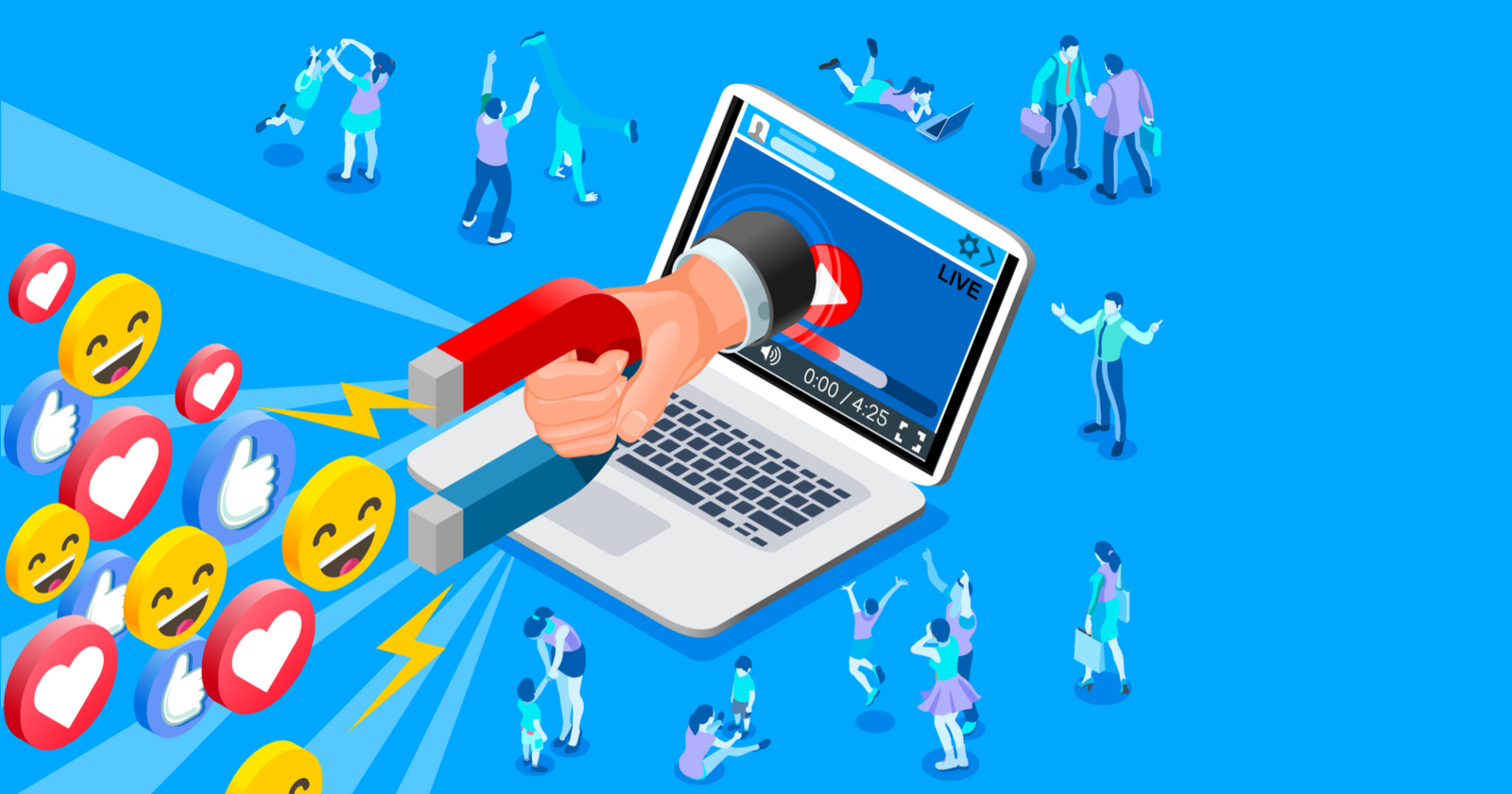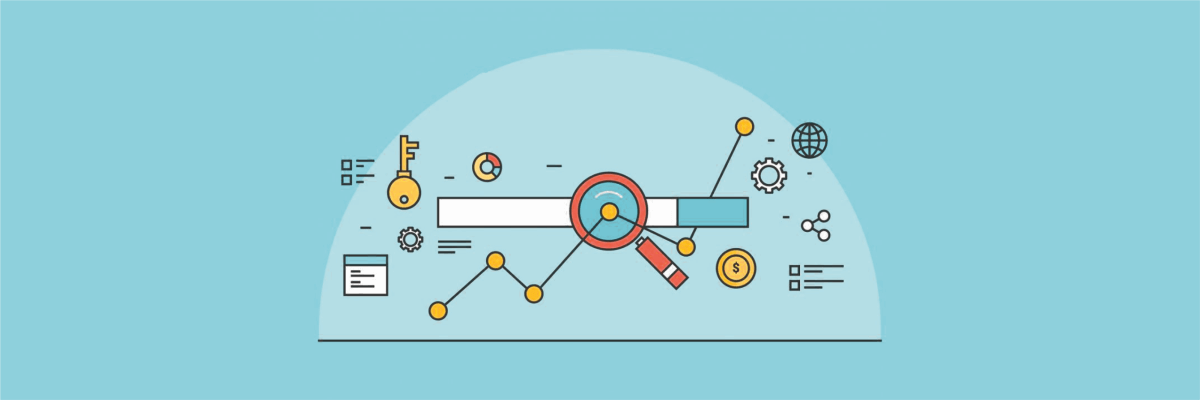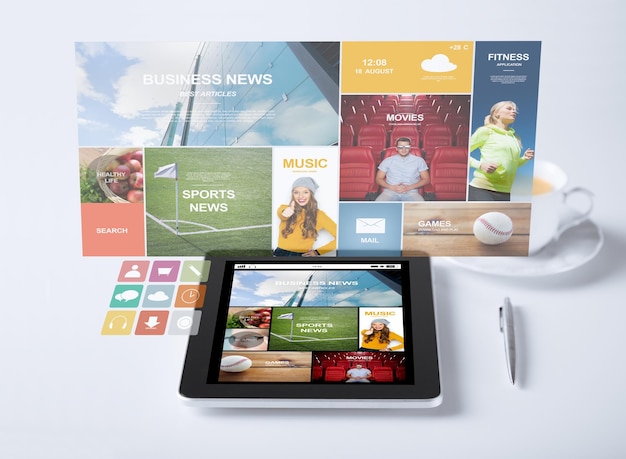Hello!
Landing pages sit at the intersection of art and science.
On one hand, designing high-converting pages requires creativity. You need an artistic eye for visuals, copy, and layout that capture attention. Master marketers view landing pages as the canvas where they paint pictures of their offers.
 But landing pages also demand strategic optimization based on research and data. There is a science to elements like page speed, mobile responsiveness, and form design that impact conversions, which typically sit at 9.7% across all industries.
But landing pages also demand strategic optimization based on research and data. There is a science to elements like page speed, mobile responsiveness, and form design that impact conversions, which typically sit at 9.7% across all industries.
In this comprehensive guide, we’ll explore both the art and science behind crafting excellent landing pages. We’ll share proven design principles, psychological tactics, and conversion rate optimization techniques to help you create high-performing pages.
Whether you’re starting from a blank page or looking to improve existing ones, you’ll discover the strategic and creative best practices used by leading marketers.
Offer Optimization
Articulating a Magnetic Offer
Every great landing page has a singular focus — one offer or CTA aligned with your campaign goal. The headline and subheadline should immediately communicate what visitors get by taking action.
 Avoid vague, generic claims. Be ultra-specific and highlight the most compelling benefit.
Avoid vague, generic claims. Be ultra-specific and highlight the most compelling benefit.
For an ebook, don’t just say “Download our guide.” Summarize the key insights readers will gain from the content. For a free trial, emphasize that customers can experience the full features and capabilities of your product.
Quantify the value if possible. “Learn our 12 expert tips” is more compelling than a vague “Download our tips.” A trial that advertises $500 worth of software features has more weight.
Optimizing for Different Audiences
Your landing page visitors won’t be a homogenous group. You may be targeting multiple customer personas, geographic regions, or channels. Craft content and offers tailored to each audience.
Personalizing Content
Create dedicated pages or pop-up content for different segments. Highlight benefits and features resonating most with each segment. Use language and messaging tailored to their needs. Test different headlines, images, and copy for each audience.
Tailoring Offers
Consider discounts, trials, or bonuses targeted to specific personas based on their preferences. Personalize based on known data like company, role, or location.
Localization
 For global audiences, ensure proper translation and localization. Adapt examples, currency, units of measure, and references to resonate locally.
For global audiences, ensure proper translation and localization. Adapt examples, currency, units of measure, and references to resonate locally.
Channel Optimization
Optimize pages for each channel source – email vs. social vs. PPC.
Design for the mindset and intent of visitors arriving from each channel.
Dynamic Personalization
Tools like Optimizely allow serving personalized content tailored to individual visitors in real-time. Customize based on location, company, interests, and more.
Experiment with versions optimized for different segments. Test them against your baseline to identify the best performing variations. Optimization never ends. Continually refine pages to improve conversion rates across all your audiences.
Page Design and Layout
Optimizing Layout and Navigation
Once you’ve articulated a strong offer, ensure the page layout and navigation guide visitors to convert.
Use high-contrast colors, borders, and positioning to make the CTA button obvious. It should stand out clearly from other elements on the page.
 Surrounding page components should further direct focus in a linear flow toward the primary CTA. Tweak their size, color, and arrangement to create a visual hierarchy that leads the eye to the button.
Surrounding page components should further direct focus in a linear flow toward the primary CTA. Tweak their size, color, and arrangement to create a visual hierarchy that leads the eye to the button.
Minimize distractions and links to other pages. Remove anything that competes for attention, like excessive navigation links. Declutter the page so the core offer and CTA stand out.
Crafting Succinct, Scannable Copy
Write copy that quickly communicates value. Use bullets or numbered lists to highlight 3-5 specific benefits that solve pain points.
Avoid dense paragraphs spanning multiple sentences. Chunk info into short sections using whitespace, headings, and formatting like bold text.
Share just enough detail to demonstrate relevance and value, then link to other pages for those wanting more in-depth information. For example – are you covering the luggage niche? Then link to a page related to the topic.
Moreover, use active voice and emotional keywords that connect with the target audience. For B2B, convey thought leadership. For B2C, focus on ease and enjoyment.
Harnessing the Power of Images and Video
Relevant visuals make offers more tangible, and can improve conversions by 86%. Include custom graphics, product screenshots, or videos when possible.
 Avoid generic stock photos that feel disconnected from the copy. Images should visually reinforce the messaging and value proposition.
Avoid generic stock photos that feel disconnected from the copy. Images should visually reinforce the messaging and value proposition.
Well-designed custom illustrations draw attention and convey information quickly. Infographics can showcase data in a visually engaging way.
Product demo videos and customer testimonial videos boost credibility and understanding, but ensure they load quickly and don’t distract from the CTA.
Credibility and Trust
Boosting Credibility with Social Proof
Build trust by prominently displaying testimonials, customer logos, media mentions, and other social proof upfront.
For example, an ecommerce store could showcase 4-5 star reviews from verified buyers. A SaaS startup could highlight recognizable company names using their product.
Feature logos and pull-quotes from reputable publications that have featured your company. List any awards won and associations your brand is a member of.
Social proof is most effective when specific. For testimonials, include details like the customer’s name, company, and quote.
Improving Page Speed
 Faster pages equal higher conversions. Optimize images, minify code, and defer non-critical elements to improve speed.
Faster pages equal higher conversions. Optimize images, minify code, and defer non-critical elements to improve speed.
40% of visitors will abandon a page that takes over three seconds to load. Improving page speed has a demonstrated impact on conversion rates.
Use a tool like Pingdom or WebPageTest to measure landing page load times. Set a target under two seconds, then optimize to hit that benchmark.
Conversion Optimization
Optimizing Forms for Seamless Conversions
Lengthy, confusing forms are one of the biggest sources of abandoned carts and lost leads. Minimize friction in the conversion process.
 Only request information essential for that offer or campaign. Mandate only the minimum of fields needed to deliver on the offer or contact the lead – too many mandatory fields and people might go elsewhere.
Only request information essential for that offer or campaign. Mandate only the minimum of fields needed to deliver on the offer or contact the lead – too many mandatory fields and people might go elsewhere.
Use smart defaults to reduce required fields. Set country, state, industry, etc based on known user data like IP address.
Allow users to save forms to complete later; this reduces abandonment from those who aren’t ready to convert yet. Send an email reminder to complete the form.
Prominently position forms above the fold so they are visible immediately. Reduce anxiety by showing progress bars as fields are completed.
Leveraging FOMO with Scarcity
Urgency and scarcity build demand. Limited-time offers, countdown timers, and inventory bars can effectively create FOMO.
However, only use ethical scarcity. Don’t falsely claim limited stock if you have plenty. And don’t overload every page with urgency cues. Scarcity prompts work best when the offer and timeframe are specific. “Get 20% off this product when you join our mailing list by Friday” is compelling.
Lead Nurturing
The landing page is often the first touchpoint, but the relationship doesn’t end there! Have a strategy to continually nurture leads over time.
Email Sequences
Set up automated email sequences to educate and engage new leads. Provide valuable info related to their interests, but avoid over-promotional messages. Offer helpful advice that builds trust.
Retargeting Ads
 Use retargeting ads to keep your brand top of mind. Remarket to landing page visitors across sites they browse.
Use retargeting ads to keep your brand top of mind. Remarket to landing page visitors across sites they browse.
Send special offers or content to bring them back.
Limited-Time Incentives
Give an extra incentive for converting, like a limited-time discount or bonus gift. Create urgency around the incentive to encourage quicker action.
Testing and Optimization
Planning an Effective Testing Roadmap
 Don’t randomly test ideas; plan a structured testing roadmap. Identify hypotheses and prioritize elements with the biggest impact. Start with foundational page elements like headlines, imagery, and CTAs.
Don’t randomly test ideas; plan a structured testing roadmap. Identify hypotheses and prioritize elements with the biggest impact. Start with foundational page elements like headlines, imagery, and CTAs.
Then expand testing to cover layout, copy, offers, and more. Schedule tests in advance to allow sufficient time for statistical significance.
Test one variation at a time to isolate the variable.
A/B Testing Best Practices
- Determine appropriate sample sizes based on traffic volumes to ensure statistical significance. Use online calculators.
- Set test durations long enough to achieve sufficient sample size. Often 2-4 weeks, but it depends on traffic.
- Use dedicated tools like Google Optimize and Optimizely that simplify setup and analysis.
- Analyze results and calculate lift generated by the variation to quantify impact.
Testing and Refining Pages Over Time
Treat landing pages like living documents. Continuously test and refine them based on data and feedback.
Try different headlines, copy, designs, offers, and layouts. Review heatmaps to see how visitors navigate and interact. No page is ever done! Optimization is an ongoing process of incremental improvement over months and years.
Psychology and Persuasion
Leveraging the Psychology of Color
 Color profoundly impacts emotion and behavior. Use strategic color schemes to guide visitors.
Color profoundly impacts emotion and behavior. Use strategic color schemes to guide visitors.
Warm hues like red and orange convey excitement. Cool blues and greens evoke trust and security. Contrast core actions in colors that stand out. Analyze competitors and industry leaders to identify colors that attract your audience. Test different palettes to see which converts best.
Crafting Killer Headlines
Headlines inspire action or provoke curiosity. Use emotional language and speak directly to the customer.
Listicles like “10 Tips for ____” naturally draw readers in by promising helpful advice. Numbers in headlines boost open rates as well. Aim for 6-10 words that capture attention. Ask questions, highlight benefits, and convey value clearly. Test different options and lengths.
Improving Page Flow and Readability
Structure content in an inverted pyramid, with key info first. Use subheads, spacing, and visual hierarchy to make skimming easy.
Break up long sections into bite-sized paragraphs focused on one idea. Short 1-3 sentence paragraphs improve readability online. Use active voice and avoid overusing industry jargon. Simpler, more conversational language connects better emotionally.
Mobile Optimization
Optimizing for Mobile
 With growing mobile traffic, ensure pages are responsive across devices. Use flexible layouts and minimum tap targets.
With growing mobile traffic, ensure pages are responsive across devices. Use flexible layouts and minimum tap targets.
Prioritize above-the-fold content and avoid too much scrolling. Check forms and CTAs work on mobile.
Preview on multiple devices to identify issues. Google’s Mobile-Friendly Test highlights fixes for mobile. Mobile speed is also critical.
Micro-Interactions for Engagement
Add micro-interactions to delight visitors and guide them. Things like progress bars, animations, and tooltips all focus attention.
As they click buttons or scroll, give feedback. Transitions and effects enhance engagement when subtle. But don’t overdo it. Too many animations and popups distract from objectives. Focus on guiding visitors to convert.
Conclusion
 Landing pages blend art, psychology, and technology. Master these techniques to guide visitors seamlessly into becoming leads and customers. Treat your pages as living artworks, continuously honing them into high-converting masterpieces.
Landing pages blend art, psychology, and technology. Master these techniques to guide visitors seamlessly into becoming leads and customers. Treat your pages as living artworks, continuously honing them into high-converting masterpieces.
Take your brand’s online presence to new heights with SevenAtoms—an acclaimed landing page design agency merging innovation and conversion, dedicated to crafting digital experiences that captivate and drive conversions!
Also read:
- Your Quick Post-LASIK Surgery Guide: From Day 1 to Long-Term Care
- Brett Favre Says He Has Parkinson’s, Likely From Countless Concussions
- The Role of License Plate Lookup in Reducing Fraud
Thank you!
Join us on social media!
See you!






